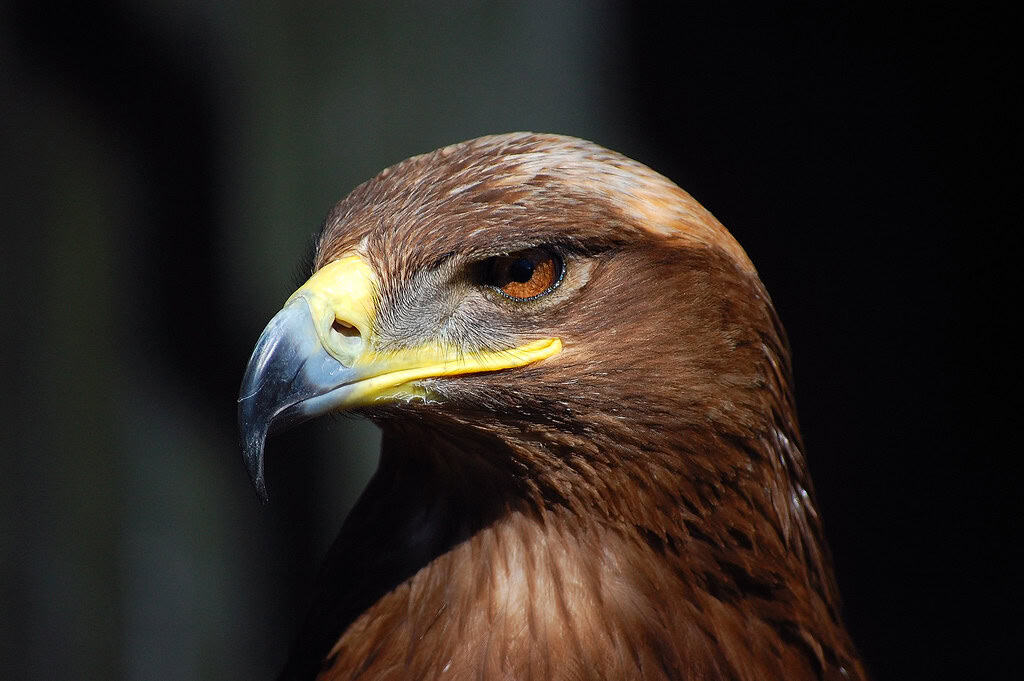In the vast realm of avian achievements, one particular journey stands out as a testament to the remarkable endurance and navigational prowess of one of nature’s most majestic creatures. The longest eagle flight ever recorded has not only shattered previous records but has also provided scientists with invaluable insights into eagle migration patterns, flight capabilities, and survival strategies. This extraordinary feat of natural endurance has reshaped our understanding of these apex predators and highlighted the importance of international conservation efforts. Join us as we explore this record-breaking journey that spanned continents, challenged scientific expectations, and revealed the incredible capabilities of one of Earth’s most magnificent birds of prey.
The Record-Breaking Flight at a Glance
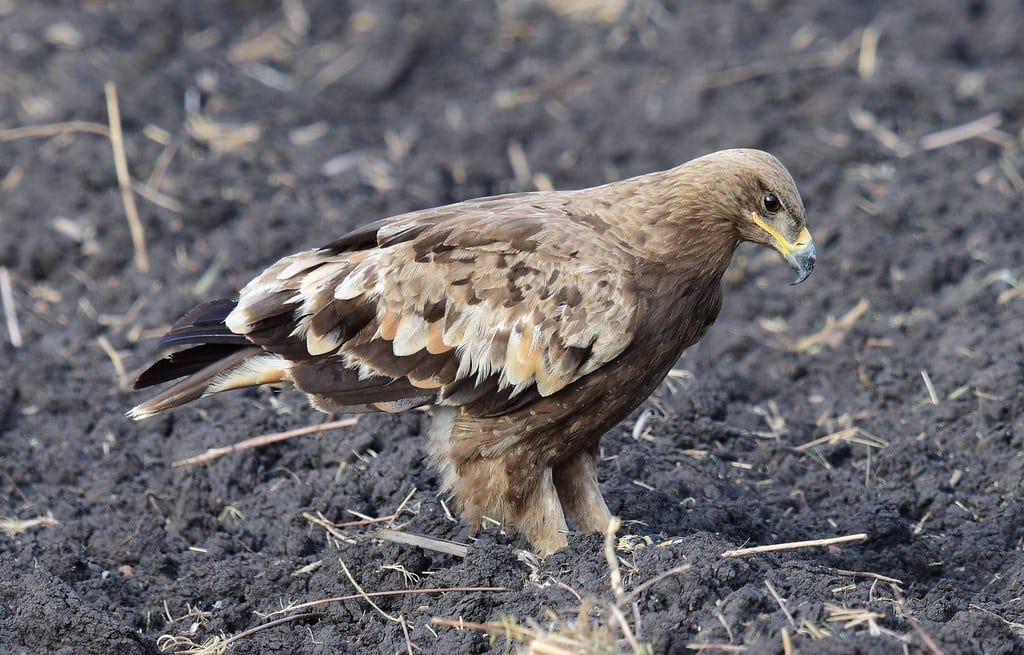
The world record for the longest eagle flight ever tracked belongs to a Steppe eagle (Aquila nipalensis) named “Mongolian” by researchers. This adult female eagle was tagged with a GPS tracker in Mongolia’s eastern steppes and proceeded to fly an astonishing 20,000 kilometers (approximately 12,427 miles) over a period of 249 days. The journey took the eagle across 16 countries, spanning two continents as it navigated diverse landscapes ranging from the Mongolian steppes to the Arabian Peninsula. This flight shattered the previous record held by a Golden eagle that had been tracked flying 15,500 kilometers (9,630 miles) over a 224-day period. What makes this achievement even more remarkable is that the eagle accomplished this extraordinary journey without making any major prolonged stops, relying on brief periods of rest and hunting to sustain itself throughout its migration.
The Remarkable Steppe Eagle
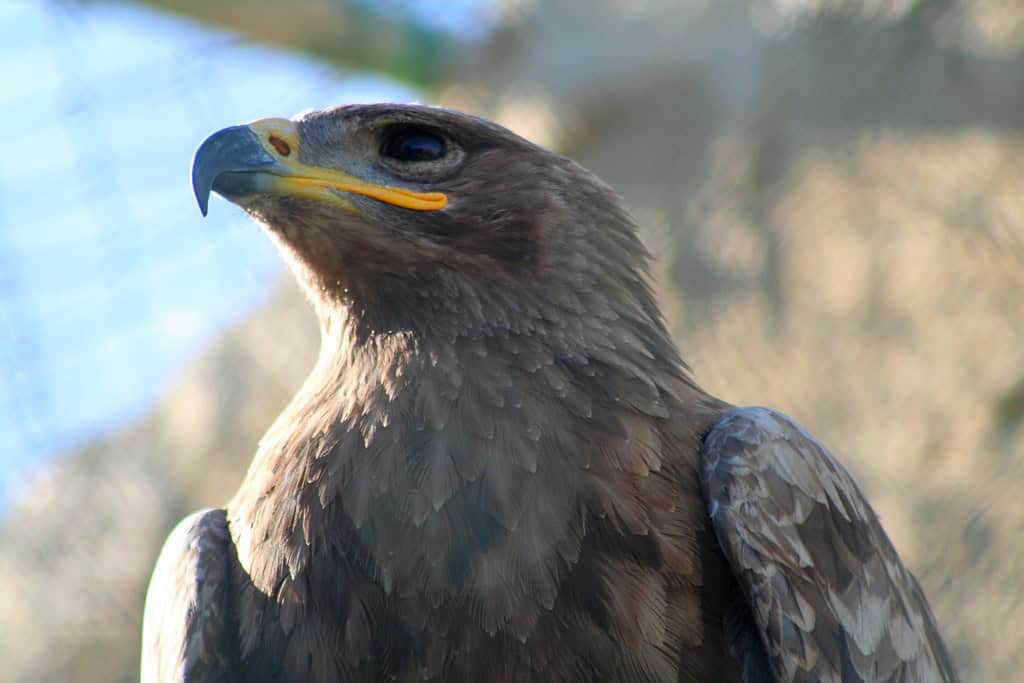
The Steppe eagle, protagonist of this record-breaking journey, is a large bird of prey in the family Accipitridae. With a wingspan reaching up to 2.2 meters (7.2 feet) and weighing between 2.5-4.5 kg (5.5-10 lbs), these magnificent birds are built for long-distance flight. Their large, broad wings allow them to soar effortlessly on thermal currents, conserving energy during migration. Steppe eagles are primarily found across the steppes of Central Asia, from Eastern Europe to Mongolia, and are known for their seasonal migrations to Africa and parts of South Asia. Unfortunately, the species is classified as Endangered on the IUCN Red List due to habitat loss, electrocution on power lines, and poisoning. The record-breaking individual, estimated to be around 8 years old at the time of tracking, represented a species whose survival increasingly depends on our understanding of their migratory needs and behaviors.
Advanced Tracking Technology
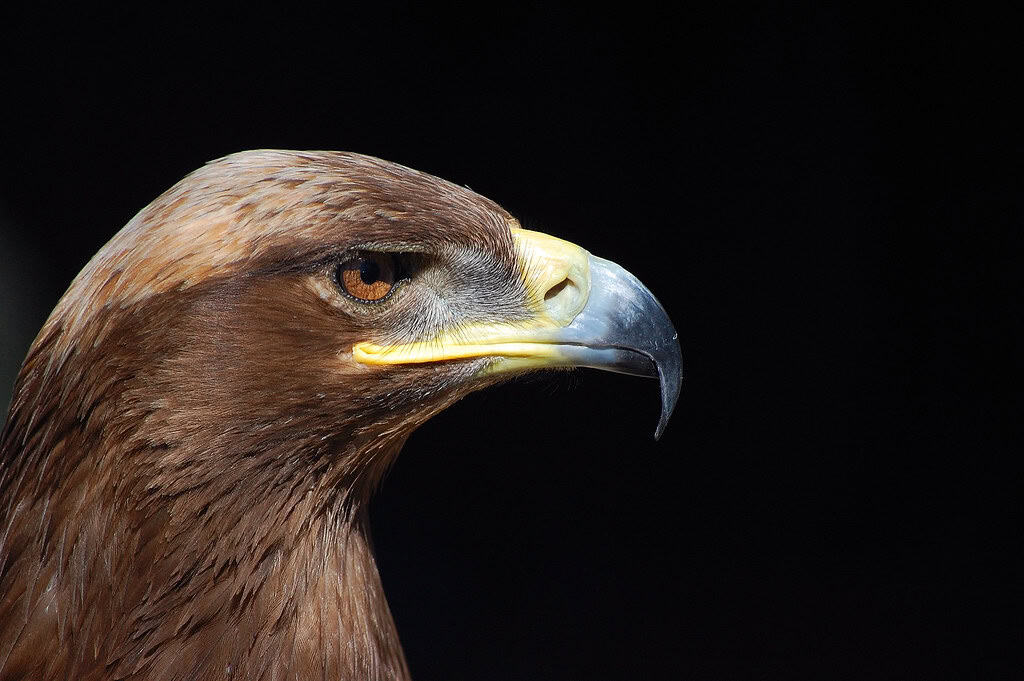
The remarkable journey would never have been documented without cutting-edge tracking technology. The eagle was fitted with a solar-powered GPS transmitter weighing just 45 grams (1.6 ounces) – less than 2% of the bird’s body weight. This device was carefully attached using a backpack-style harness designed to minimize interference with the eagle’s movement and natural behaviors. The tracker transmitted location data every 30 minutes during daylight hours, providing researchers with unprecedented detail about the eagle’s route, altitude, speed, and rest periods. This technology represents a quantum leap from earlier wildlife tracking methods, which often relied on visual observation and physical tagging. The solar-powered nature of the device was crucial to its long-term functionality, allowing continuous data collection throughout the entire migration period without battery limitations. This technology has revolutionized our understanding of animal movements and opened new frontiers in conservation biology.
The Journey’s Route and Timeline
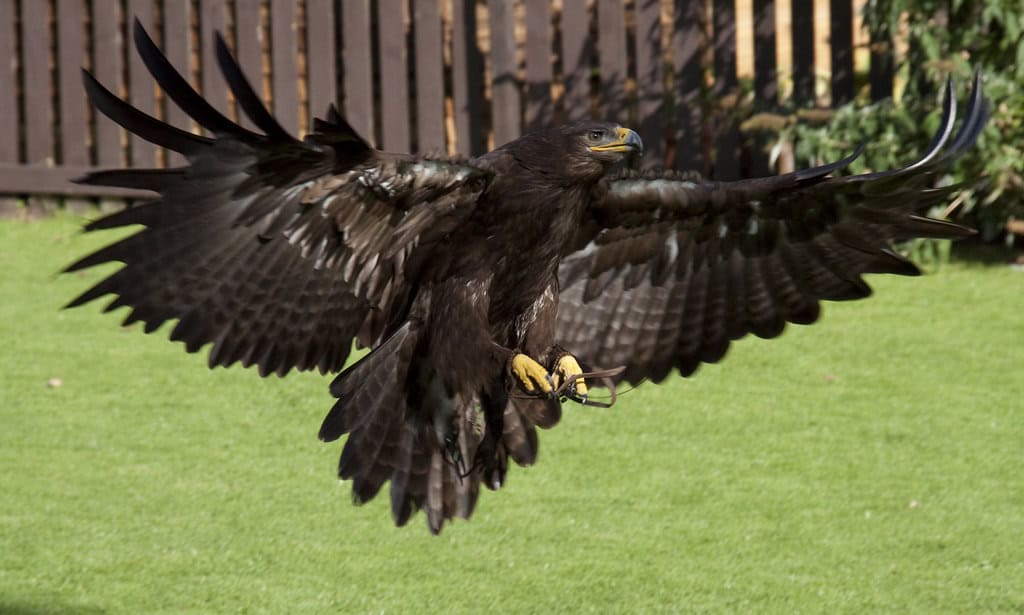
The epic migration began in mid-August when “Mongolian” departed from the eastern Mongolian steppes, heading southwest. Her journey took her across China, Kazakhstan, and the rugged terrain of the Tien Shan mountains. By October, she had navigated through Kyrgyzstan, Tajikistan, and Afghanistan, before crossing Pakistan and entering India. Rather than following the traditional migration route of many Steppe eagles toward Africa, she made an unexpected turn toward the Arabian Peninsula, flying across Iran, Iraq, Kuwait, Saudi Arabia, and reaching Yemen by December.
The most remarkable segment of her journey occurred in February, when instead of continuing south into Africa as predicted, she turned northeast and began retracing a route toward her breeding grounds, traversing Oman, the United Arab Emirates, and Central Asian countries once more. She finally returned to Mongolia in April, completing a near-circular route that covered approximately 20,000 kilometers. Throughout this odyssey, researchers noted that she averaged 80-100 kilometers per day, though on some days with favorable winds, she covered distances exceeding 350 kilometers.
Unprecedented Flight Altitudes
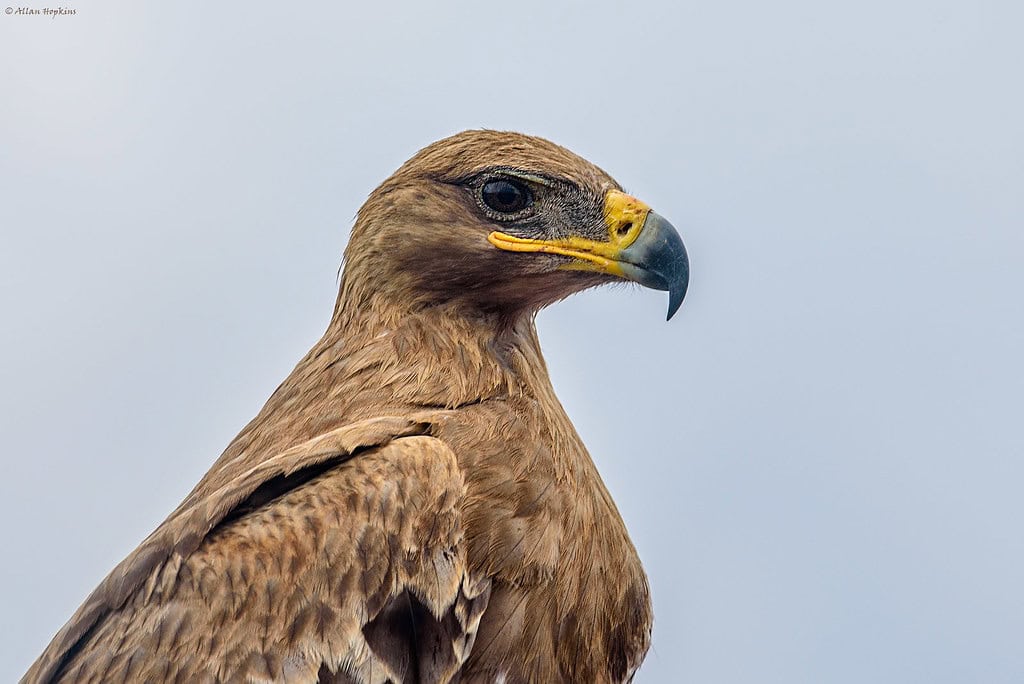
One of the most surprising aspects of this record-breaking journey was the extraordinary altitudes reached by the eagle. While Steppe eagles typically fly at heights between 1,000-3,000 meters (3,300-9,800 feet) during migration, researchers recorded “Mongolian” soaring at an astonishing 7,850 meters (25,755 feet) while crossing the Himalayan range. At this altitude, where oxygen levels are approximately 40% lower than at sea level and temperatures can plummet below -40°C (-40°F), most birds would struggle to maintain flight.
This altitude exceeds the height of Mount Everest’s base camp and approaches the cruising altitude of many commercial aircraft. Researchers believe the eagle utilized powerful mountain updrafts to reach these heights, demonstrating remarkable physiological adaptations including specialized hemoglobin that enhances oxygen capture and retention. These findings have prompted further studies into the respiratory and circulatory systems of migratory raptors and how they cope with such extreme conditions.
Survival Against the Odds
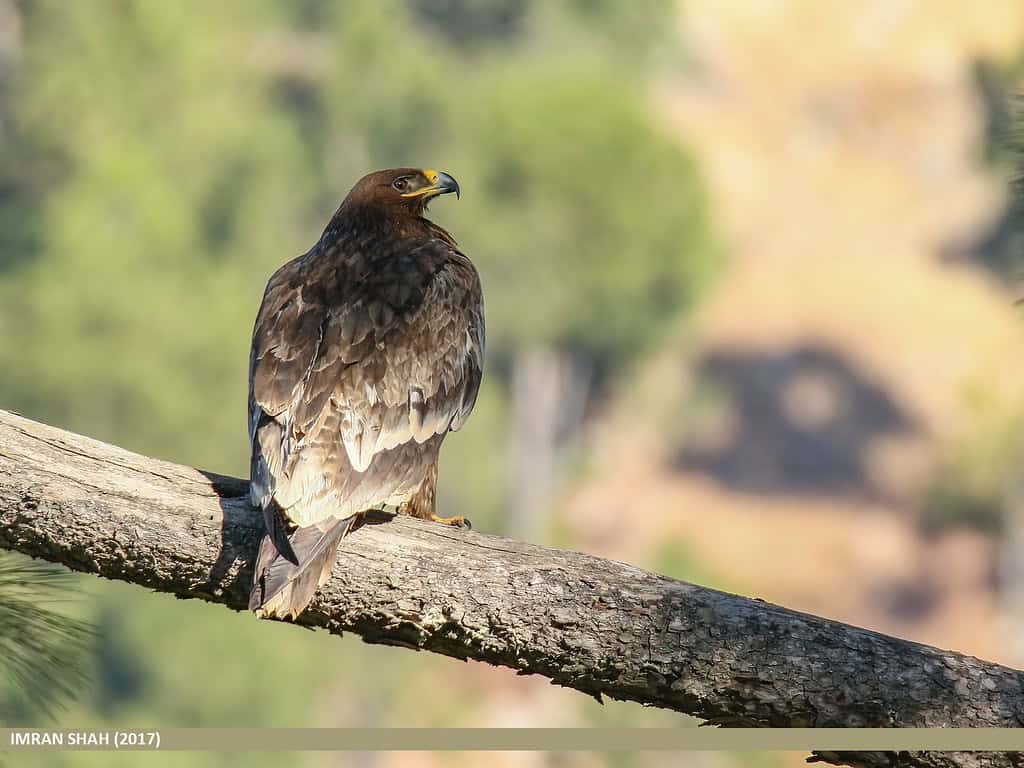
The journey was fraught with dangers at every turn. “Mongolian” navigated through regions with extreme weather conditions, including sandstorms in the Arabian Desert and snowstorms in the Himalayas. The tracking data revealed several narrow escapes from severe weather systems, with the eagle making rapid altitude changes and course corrections to avoid the worst conditions. The bird also traversed regions with significant human activities, including areas with extensive wind farms and high-voltage power lines – both known hazards for large raptors. Perhaps most remarkably, the tracking data showed the eagle successfully hunting throughout her journey, with brief pauses in flight patterns indicating successful kills of small mammals and birds. Researchers identified at least 178 successful hunting events during the migration, highlighting the eagle’s ability to sustain itself while covering vast distances. The journey’s success rate is particularly impressive considering that studies suggest up to 60% of juvenile Steppe eagles perish during their first migration attempt.
Scientific Implications
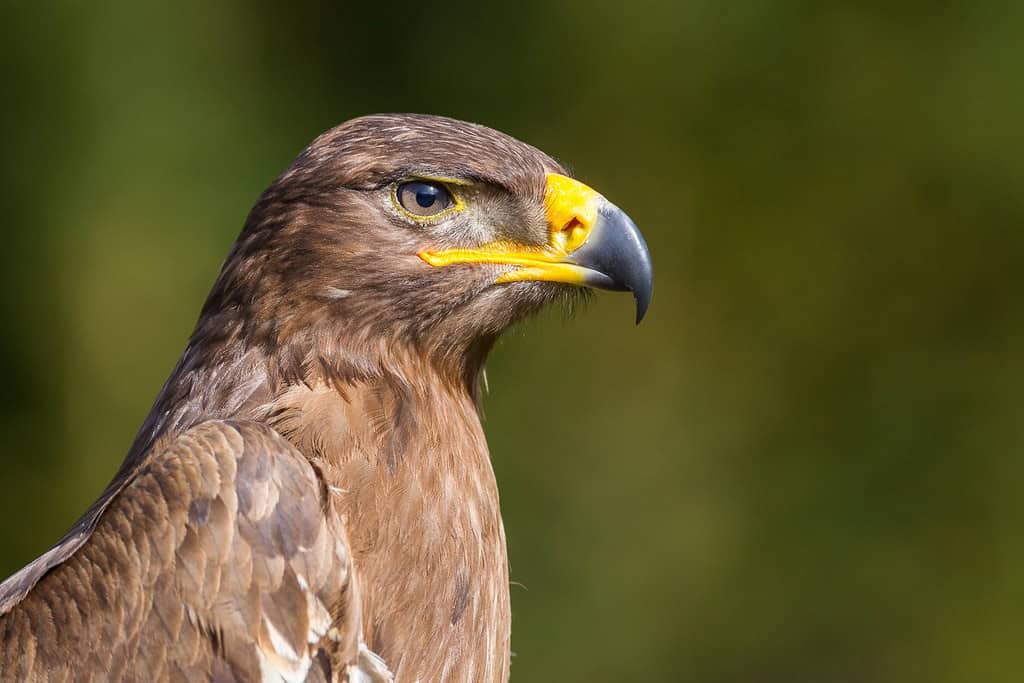
The unprecedented flight has significant implications for ornithology and migration research. First, it challenges previous assumptions about the physiological limits of avian endurance and navigation. The data collected provides new insights into how eagles select their routes, with evidence suggesting they can remember landmarks from previous migrations and make complex decisions based on wind patterns and weather forecasts. The flight also revealed previously unknown stopover sites that appear crucial for the species’ migration patterns.
Researchers noted that the eagle spent 72% of daylight hours actively flying – a much higher percentage than expected based on previous studies. This suggests that Steppe eagles may be even more efficient flyers than previously thought, possibly due to specialized wing morphology that maximizes gliding efficiency. The flight data is currently being analyzed to better understand the energetics of long-distance migration, with preliminary calculations suggesting the eagle burned approximately 145,000 calories during the journey – equivalent to a human running about 290 marathons consecutively.
Conservation Implications
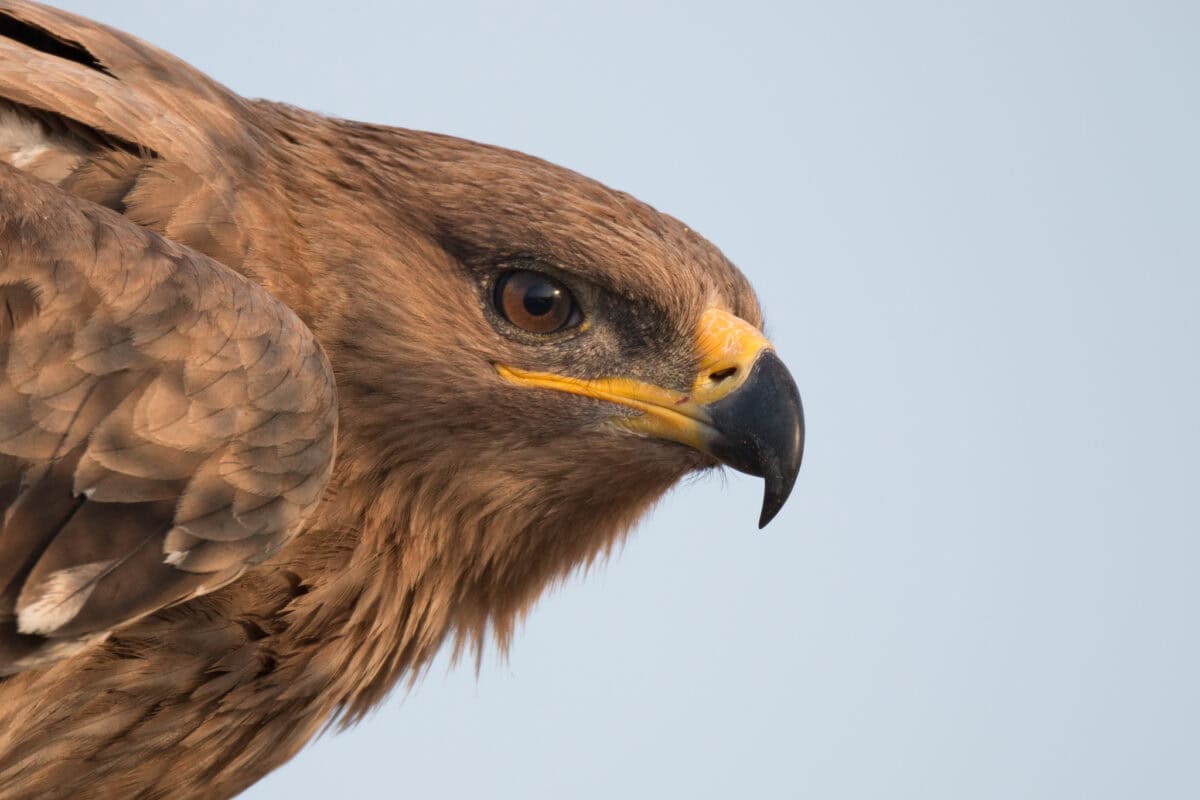
Beyond its scientific value, this record-breaking journey has profound implications for conservation efforts. By identifying the precise route and key stopover points, conservationists can better focus their efforts on protecting critical habitat areas along major migration corridors. The flight path crossed 16 countries, underscoring the need for international cooperation in raptor conservation. Of particular concern were several points where the eagle’s route intersected with areas of intensive development, including wind farms in India and power line corridors in Central Asia – both significant sources of mortality for large raptors. The data from this flight has already prompted conservation organizations to advocate for bird-friendly modifications to infrastructure in key areas, including the installation of visible markers on power lines and adjustments to wind turbine operations during peak migration periods. Additionally, several countries along the route have initiated discussions about establishing protected corridors specifically designed to safeguard migrating raptors.
Breaking Previous Records
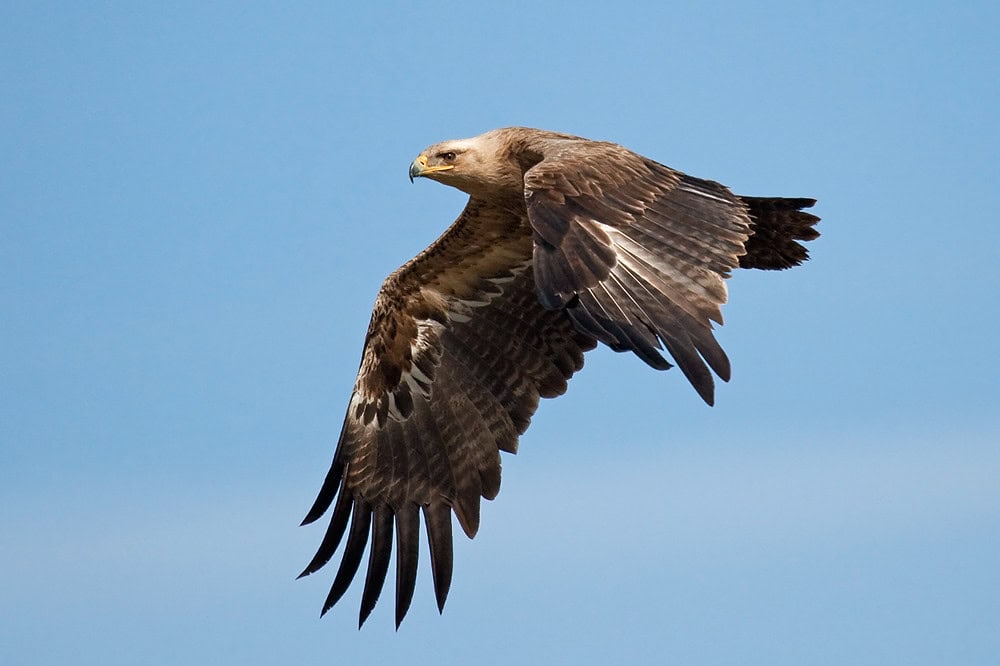
Prior to this remarkable journey, the record for the longest tracked eagle flight belonged to a Golden eagle (Aquila chrysaetos) named “Alaskan,” which was documented flying approximately 15,500 kilometers (9,630 miles) over 224 days between Alaska and northern Mexico in 2018-2019. Another notable long-distance flyer was a Bald eagle (Haliaeetus leucocephalus) that covered roughly 14,300 kilometers (8,885 miles) while traversing the United States from Florida to Washington state and back over 187 days in 2020.
Among other eagle species, a Spotted eagle (Clanga clanga) held the previous record for the longest single non-stop flight, covering 1,800 kilometers (1,118 miles) over 72 hours as it crossed the Mediterranean Sea and Sahara Desert. “Mongolian’s” achievement surpassed these previous records not only in total distance but also in daily average distance covered and the diversity of terrains navigated. The comprehensive dataset collected from this journey provides an unprecedented benchmark against which future long-distance raptor migrations can be measured and evaluated.
The Eagle’s Return and Aftermath

Upon completing her record-breaking journey, “Mongolian” returned to her breeding territory in eastern Mongolia’s steppes. Researchers were able to visually confirm her return and noted that she appeared in good physical condition despite the extraordinary demands of her migration. Within three weeks of her return, tracking data indicated she had established a nest and began breeding activities. This rapid transition to reproduction after such an energy-intensive journey further demonstrates the remarkable resilience of these birds.
The GPS tracker continued to function for an additional eight months, providing valuable data about the eagle’s post-migration behavior and territory use. Researchers observed that her hunting range during the breeding season spanned approximately 275 square kilometers (106 square miles), primarily focused on areas with abundant marmot populations. In a bittersweet epilogue to this remarkable story, researchers lost contact with “Mongolian’s” tracker the following winter, leaving the ultimate fate of this record-setting eagle unknown. However, her extraordinary journey lives on in the scientific data that continues to inform conservation and research efforts worldwide.
Popular Response and Media Coverage
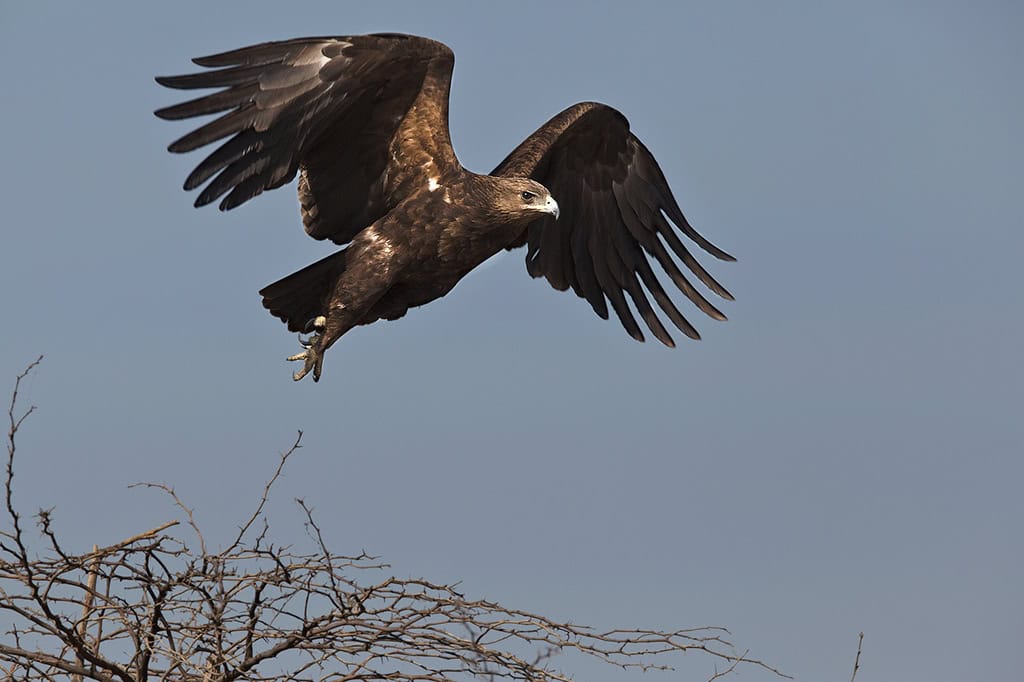
The story of this record-breaking flight captured public imagination worldwide. News of “Mongolian’s” journey appeared in major scientific publications and mainstream media outlets across six continents. A documentary film crew from National Geographic followed researchers during parts of the tracking process, producing an award-winning documentary titled “Wings Without Borders” that has been viewed by an estimated 85 million people worldwide.
The story sparked particular interest in countries along the eagle’s flight path, with several local conservation organizations reporting significant increases in donations and volunteer participation following the media coverage. Educational materials about the journey have been incorporated into school curricula in Mongolia, Kazakhstan, and several other countries, helping to inspire a new generation of wildlife enthusiasts and conservationists. Social media tracking showed the story generated more than 12 million engagements across platforms, making it one of the most widely shared wildlife research stories of the decade. This public response demonstrates how individual animal stories can transcend scientific significance to become powerful tools for conservation awareness and public engagement.
Future Research Directions
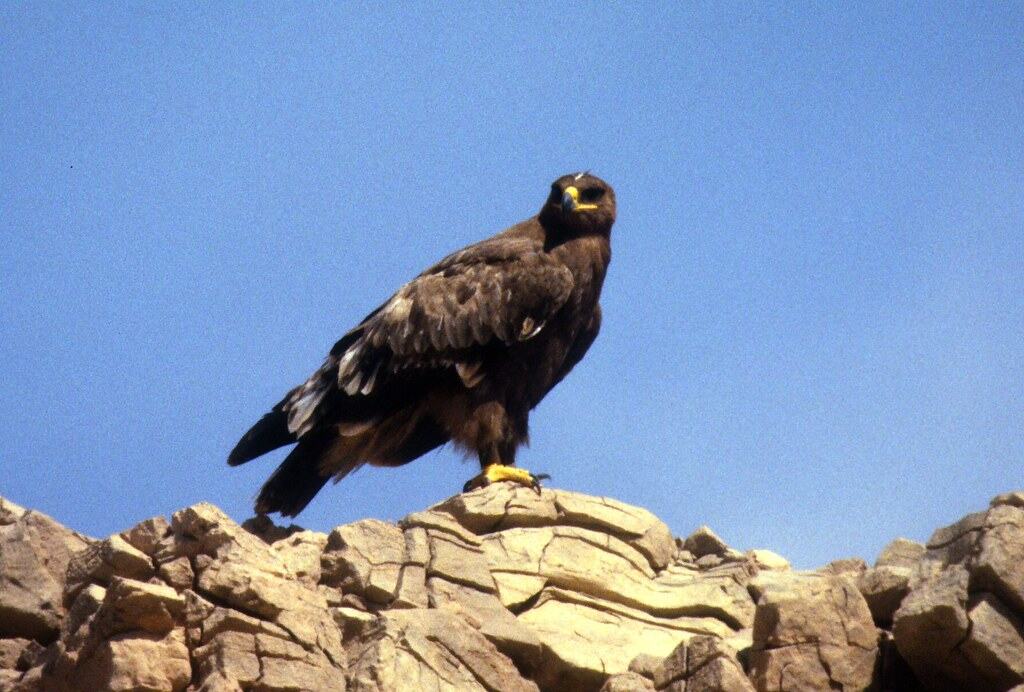
The unprecedented data gathered from this record-breaking flight has opened numerous avenues for future research. Scientists are currently analyzing the detailed GPS data to better understand how Steppe eagles select optimal flight paths and respond to changing weather conditions. A collaborative project between ornithologists and aerospace engineers is examining the eagle’s flight efficiency, with potential applications for drone design and aviation. Geneticists have initiated studies to identify genetic markers that might be associated with exceptional migratory ability, using blood samples collected when “Mongolian” was initially tagged.
Conservationists are conducting detailed habitat assessments at key stopover points identified during the journey to develop targeted protection measures. Perhaps most significantly, the tracking project has expanded, with researchers deploying similar GPS technology on 35 additional Steppe eagles across their breeding range to determine whether “Mongolian’s” journey was truly exceptional or if such extreme migrations might be more common than previously suspected. Preliminary data from these ongoing tracking efforts suggest that while “Mongolian’s” journey was indeed extraordinary, other eagles are undertaking similarly impressive, if somewhat shorter, migrations that had simply gone undocumented until recent advances in tracking technology.
Conclusion: The Legacy of an Extraordinary Journey
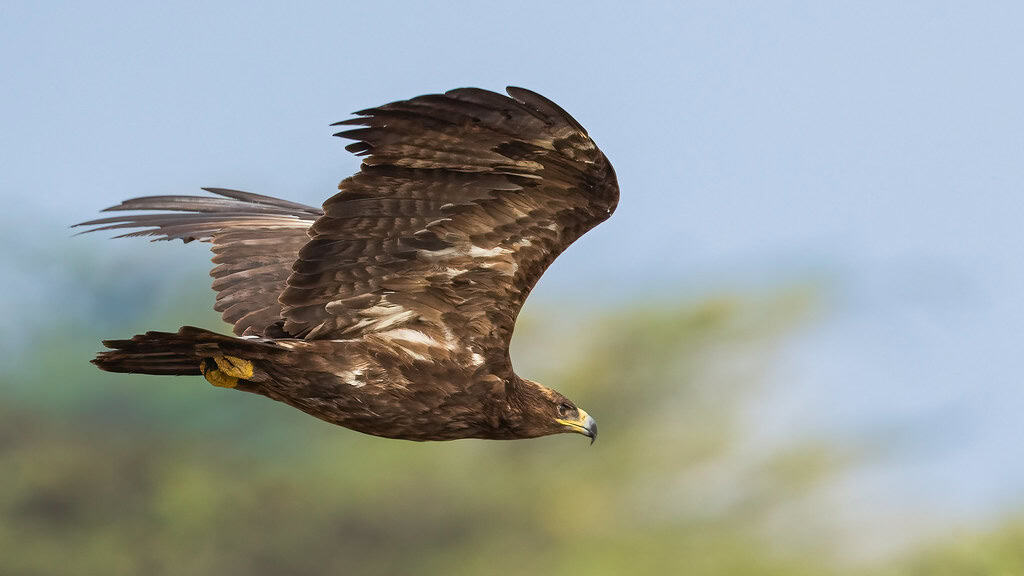
The longest eagle flight ever tracked stands as a testament to the extraordinary capabilities of these magnificent birds and the advanced technology that allowed us to witness such a remarkable journey. “Mongolian’s” 20,000-kilometer odyssey across two continents not only broke records but fundamentally transformed our understanding of avian migration, endurance, and survival strategies. The detailed data collected throughout this epic journey continues to inform conservation efforts across multiple countries, highlighting the truly international nature of wildlife protection in our interconnected world. As tracking technology continues to advance and more birds are monitored, we may discover that such extraordinary journeys are more common than we ever imagined, further emphasizing how much we still have to learn about the natural world that surrounds us.
- The Deepest Whale Dive Ever Recorded Surprises Scientists - August 25, 2025
- From Lassie to Beethoven: The Dogs That Shaped Pop Culture - August 25, 2025
- Why Vultures Are Disappearing—and Why It’s a Big Problem - August 25, 2025

